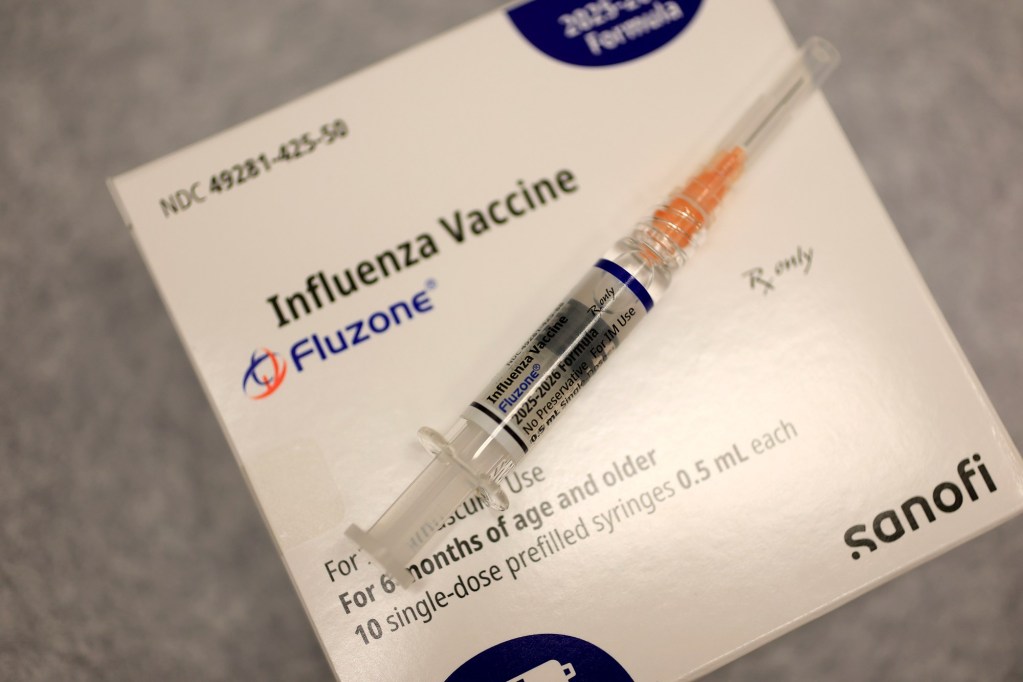Last year’s flu season in the United States proved to be particularly devastating, with approximately 1.1 million hospitalizations and an estimated 100,000 deaths. Among those who lost their lives were 280 children, marking the highest annual death toll for this demographic in a non-pandemic year since tracking began in 2004. As the 2023-2024 flu season approaches, health officials emphasize the importance of vaccination to reduce these alarming figures.
The Centers for Disease Control and Prevention (CDC) has recently published a series of reports analyzing last year’s flu season. They highlight a crucial point: increasing vaccination rates could significantly mitigate the impact of the virus. With the official start of flu season in October, now is the critical time for individuals to receive their flu shots, as the vaccine provides the most effective protection when administered before the virus becomes widespread.
Last season, flu activity began to rise in November, culminating in a peak in February 2025. During this peak, many schools faced closures, and hospitals experienced overcrowding reminiscent of the COVID-19 pandemic. A CDC analysis revealed that nearly 90% of hospitalized flu patients had at least one underlying health condition, yet fewer than a third had received a flu vaccination.
Vaccination trends show a concerning decline among vulnerable populations. For instance, flu vaccination rates among pregnant women have dropped consistently since the 2019-2020 flu season, from nearly 57% to just 38% last year. Additionally, less than half of children were vaccinated against the flu last season, and nearly 90% of children who died from flu-related complications had not received the vaccine.
The reluctance to get vaccinated against the flu is not a new phenomenon. A survey conducted in 2019 indicated that over a quarter of parents expressed hesitance regarding the flu vaccine. Some parents do not view the flu as a serious threat, while others harbor concerns about the safety of the vaccine or mistakenly believe it can cause the illness itself. Trust in the vaccine’s effectiveness is also low, with only 25% of parents believing it to be effective.
Despite the fact that seasonal flu vaccines may not always perfectly match circulating strains, they still significantly reduce the severity of illness. Public health officials face the ongoing challenge of convincing the population that vaccination can prevent more severe health consequences.
In response to this need, the CDC launched the “Wild to Mild” campaign in 2023, which aimed to communicate the vaccine’s role in mitigating the virus’s effects. Unfortunately, just as flu rates surged last February, the Trump administration discontinued the campaign. A spokesperson from the Department of Health and Human Services indicated that a new national outreach initiative would begin this fall, designed to empower Americans with the necessary tools to remain healthy during the respiratory illness season.
The necessity for improved education on the flu and the significance of vaccination is underscored by recent polling data. A survey conducted by the KFF and the Washington Post found that only 27% of parents regarded the flu shot as “very” important, while another 29% saw it as “somewhat” important. The current climate of skepticism surrounding vaccines presents additional challenges for public health efforts.
As the flu season approaches, it is crucial for trusted health professionals to effectively communicate the benefits of vaccination. The hope is that frontline physicians can dispel misinformation and reinforce the message that flu vaccination is essential for protecting both individual and public health.
